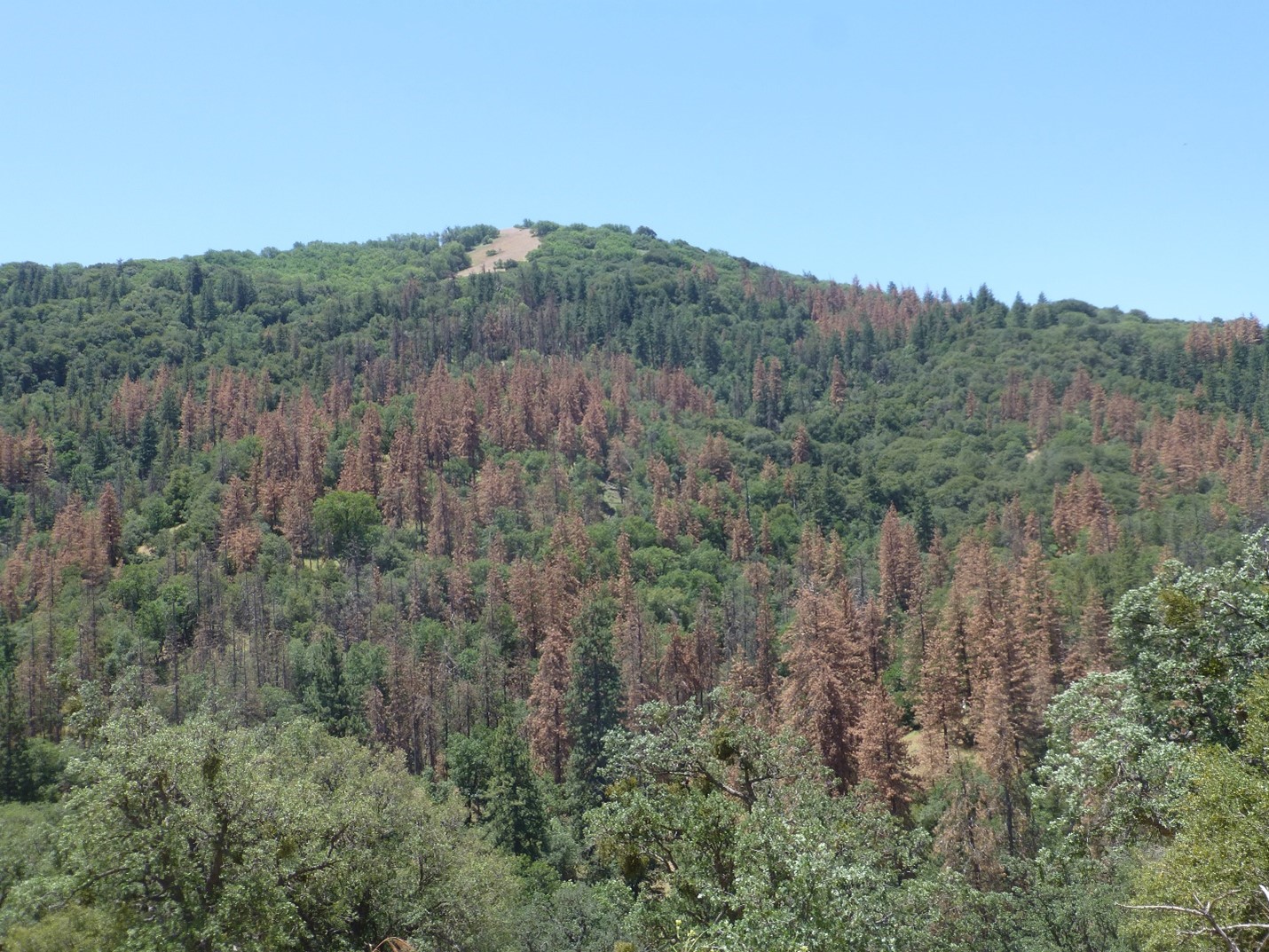Understanding How Algorithms for Simulating Water Transport in Plants Affect Vegetation Modeling
The study evaluates the impact of numerical solution options in a model of water transport in plants on vegetation aboveground biomass.
The Science
How water moves in plants play a central role in driving water, energy, and carbon cycles, as well as plant adaptation to climate change. Numerous efforts to couple plant hydrodynamic models with vegetation dynamics models have been initiated in the last decade. Different numerical approximations are used in the hydrodynamic model’s governing equations, but their numerical accuracy and their effects on the simulated vegetation function and dynamics have rarely been evaluated. Plant hydrodynamic models divide the soil column into many vertical layers with different thicknesses, but so far there was no study performed to asses the impact of how the soil column is divided into different layers of different thickness. This study closes this gap by evaluating the impacts of the numerical approximations in modeling plant hydrodynamics on vegetation aboveground biomass (AGB) and found that modeling at coarser vertical resolution near the ground surface (grid size >10 cm) produced opposite AGB biases in temperate versus northern, or boreal, forests.
The Impact
This study showed that coarsening near-surface vertical grid spacing in the plant hydrodynamic models leads to significant overestimations of AGB in most temperate forest regions and underestimations of AGB in boreal forest regions (with respect to the reference model). Models should not use coarse near-surface vertical grid resolution for areas with large and prolonged water content differences among soil layers at depths due to a long dry-season and/or well-drained soil, or when soil evaporation is the dominant component of evapotranspiration. Similarly, coarse surface grid resolution should not be used when there are significant changes in soil particle size distribution along the soil depth. These findings can help scientists design model configurations to improve coupled hydrology-vegetation system simulations.

Figure 1. Model differences resulted from aggregations of soil layers: percent change of AGB (Experiment − Reference) (a), ratio of soil evaporation to evapotranspiration (E /ET) (b) for simulation year 100, average clay content in the soil column (c), dry-season durations (months) (d), clay content difference (e), and organic matter difference (f) between layer 1 and the average of the top five layers from the surface. The pixels in white on land have values beyond the limits of the legends, associated with AGB <0.5 gC m−2. Pixels with symbol × have AGB differences less than 5 %. Reference refers to a simulation run with a very thin soil vertical layers, and the experiment refers to a simulation with thicker, aggregated, soil layers. Evapotranspiration is the sum of soil evaporation and plant transpiration.
Summary
Accounting for water movement in the soil and water transport within plants is important for representing plant growth in Earth system models. Researchers implemented different numerical approaches for a plant hydrodynamic model within a vegetation dynamics model, the Functionally Assembled Terrestrial Ecosystem Simulator (FATES-Hydro), coupled to the Energy Exascale Earth System Model Land Model.
Large gradients in soil properties such as clay content and organic matter density can affect hydraulic properties at different grid resolutions. Together with precipitation seasonality and ice impacts on soil, these gradients can change the simulated soil evaporation-to-evapotranspiration (E/ET) ratio and root accessible soil moisture states. This consequentially causes large differences in simulated AGB (see Fig.1).
The study compared how the various numerical approaches affected the simulated AGB at both single points and globally. The team found that care should be taken when determining the number of soil layers to use in numerical simulations as it can significantly affect AGB depending on the required accuracy and computational costs.
Publication
- Impact of the numerical solution approach of a plant hydrodynamic model (v0.1) on vegetation dynamics, Fang, Yilin, L. Ruby Leung, Ryan Knox, Charlie Koven, and Ben Bond-Lamberty. 2022. “Impact Of The Numerical Solution Approach Of A Plant Hydrodynamic Model (V0.1) On Vegetation Dynamics”. Geoscientific Model Development 15 (16). Copernicus GmbH: 6385-6398. doi:10.5194/gmd-15-6385-2022.
Funding
- This work was supported by the Earth System Model Development program area of the Department of Energy, Office of Science, Biological and Environmental Research program.
Contact
- L. Ruby Leung, Pacific Northwest National Laboratory
This article is a part of the E3SM “Floating Points” Newsletter, to read the full Newsletter check:



